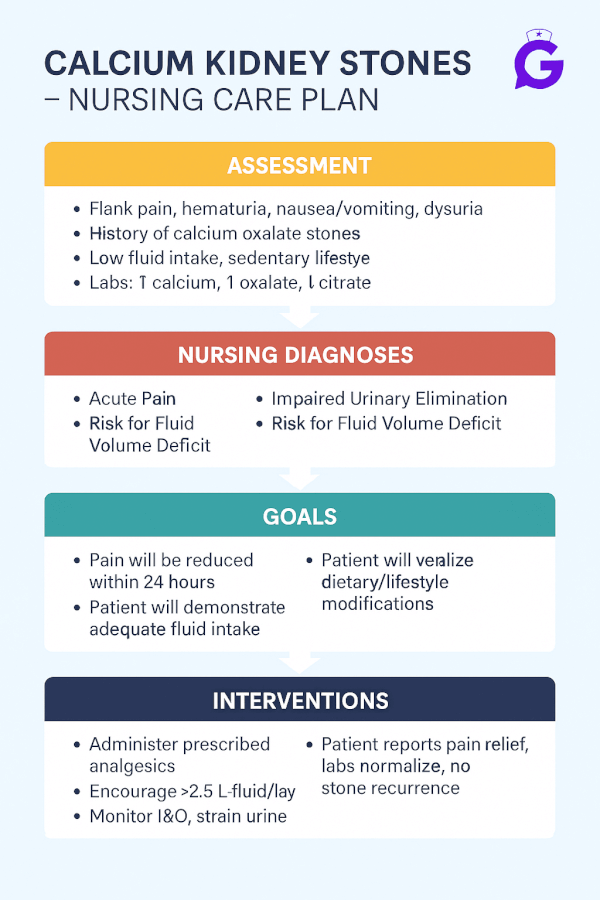25 Essential Words to Know Before Taking the NCLEX (2025)
Preparing for the NCLEX exam can be a daunting task, especially when it comes to understanding the various terminologies used in the nursing field. Familiarizing yourself with these terms is crucial for success on the exam and in your future nursing career. In this article, we’ll explore 25 essential nursing terms every aspiring nurse should know—alongside our full NCLEX vocabulary guide.
1. Assessment
Assessment refers to the systematic collection and analysis of patient data. This includes interviews, physical exams, and reviewing medical records. Accurate assessment lays the foundation for every other step in the nursing process.
2. Diagnosis
A nursing diagnosis identifies a patient's health issues based on assessment data. It differs from a medical diagnosis and guides the nurse’s care plan. For example: “Risk for impaired skin integrity” is a nursing diagnosis.
3. Interventions
Interventions are the actions nurses take to address diagnoses. This might include administering medication, repositioning a patient, or offering education. Knowing evidence-based interventions is key to NCLEX success.
4. Evaluation
Evaluation assesses how well a patient is responding to interventions. Nurses must ask: Did the treatment work? Do we need to adjust the care plan?
5. Priority
Priority refers to deciding what to do first based on urgency and patient safety. On the NCLEX, remember: airway, breathing, circulation (ABC), and Maslow’s Hierarchy.
6. Acute
An acute condition has a sudden onset and typically requires immediate attention. Example: Acute appendicitis vs. chronic pain.
7. Chronic
Chronic conditions develop slowly and persist over time. Examples include COPD, diabetes, and arthritis. These often require long-term care strategies.
8. Prognosis
Prognosis refers to the likely outcome or course of a disease. Nurses use prognosis to help set realistic care goals and offer appropriate support.
9. Palliative
Palliative care is focused on comfort and quality of life, not curing illness. It includes symptom management and emotional/spiritual support—especially for chronic or terminal patients.
10. Informed Consent
This is the process of ensuring a patient understands the risks, benefits, and alternatives of a procedure or treatment before agreeing to it. Nurses witness consent and advocate for patient understanding.
11. HIPAA
The Health Insurance Portability and Accountability Act protects patient privacy. Nurses must maintain confidentiality and protect personal health information at all times.
12. Standard Precautions
Standard precautions are universal infection control practices like handwashing, PPE use, and proper disposal of sharps. They're applied to every patient.
13. Therapeutic Communication
This is purposeful, patient-centered communication. Techniques include active listening, reflection, and open-ended questions. Crucial for building trust and gathering information.
14. Delegation
Delegation means assigning tasks to others while maintaining accountability. Know what tasks can be delegated to UAPs vs. LPNs vs. RNs. The “Five Rights” of delegation are often tested on the NCLEX.
15. Evidence-Based Practice
This involves integrating clinical expertise, research evidence, and patient preferences to make care decisions. Nurses must stay current with the latest guidelines and studies.
16. Scope of Practice
This refers to the legal and professional boundaries of what a nurse can do. For example, an RN may start IVs and assess, while a CNA cannot.
17. Autonomy
Autonomy means respecting a patient’s right to make their own decisions. Nurses support autonomy by providing clear information and not pressuring patients.
18. Advocacy
Nurses advocate for patients by speaking up when care is unsafe or inadequate, ensuring patient rights are protected, and offering education and resources.
19. Code Blue
A “Code Blue” signals a patient is in cardiac or respiratory arrest. Nurses must know how to respond immediately—calling for help, starting CPR, and assisting the code team.
20. SBAR
SBAR stands for Situation, Background, Assessment, and Recommendation. It’s a communication tool that helps deliver clear, concise updates to the healthcare team.
21. Nursing Process
The five steps of the nursing process:
Assessment → Diagnosis → Planning → Implementation → Evaluation (ADPIE)
You’ll see this structure repeated across NCLEX questions.
22. Triage
Triage is the process of assigning levels of urgency in patient care. In emergencies, life-threatening issues are treated first. Expect prioritization questions on the NCLEX.
23. Sentinel Event
A sentinel event is a serious, preventable adverse event that results in death or major injury. These require immediate investigation and reporting.
24. Pathophysiology
Pathophysiology explains how diseases alter normal body function. Understanding it helps predict symptoms and plan effective interventions.
🧠 Want to memorize these faster? Try these nursing mnemonics for NCLEX.
25. Clinical Judgment
This is the core skill the NCLEX is testing. It includes recognizing cues, analyzing them, forming hypotheses, prioritizing, and evaluating outcomes.
📘 Curious how it’s tested? Read about the different NCLEX question types.
Conclusion
Mastering these 25 essential terms will give you a huge edge on the NCLEX—and in practice. From communication to clinical reasoning, these are the building blocks of safe, competent nursing.
🧠 Ready to reinforce what you’ve learned?
Check out GoodNurse.com for personalized NCLEX prep, AI-powered practice questions, and detailed study tools for 2025 and beyond.
Want even more tools? Don’t miss our top NCLEX study tips for 2025—packed with case studies, time management hacks, and more.







